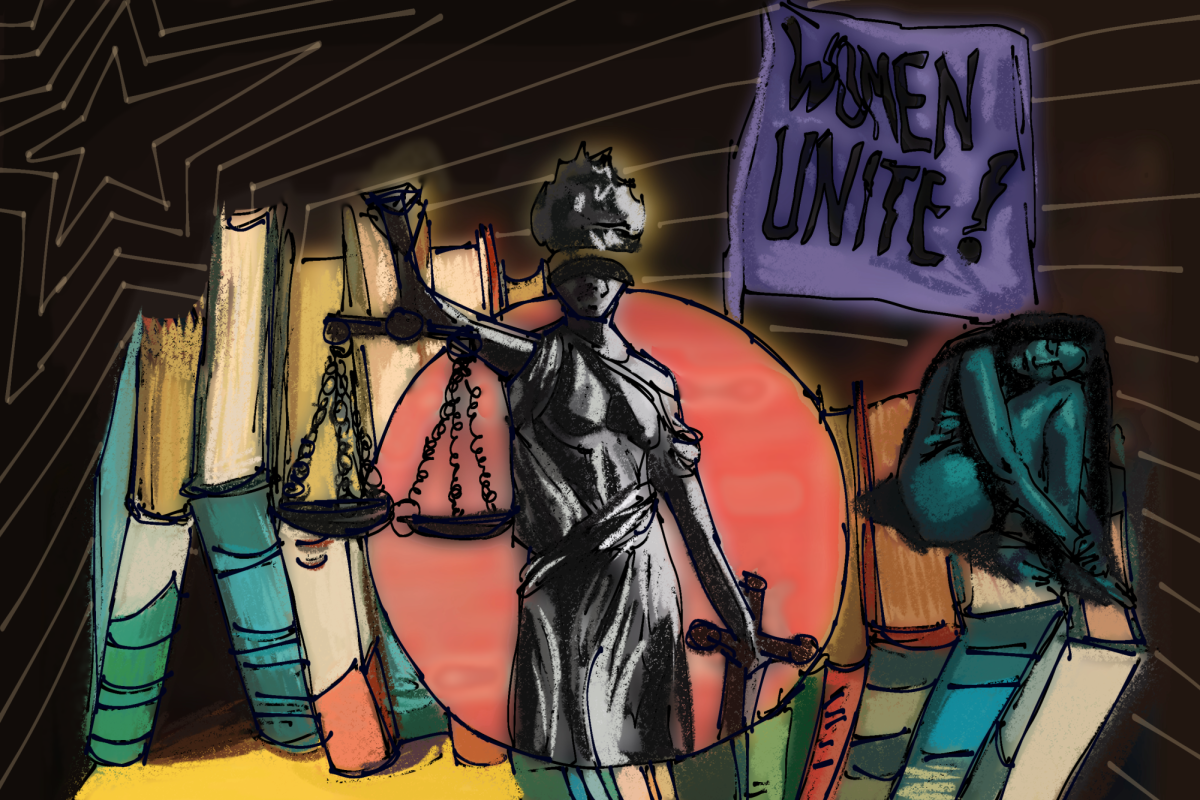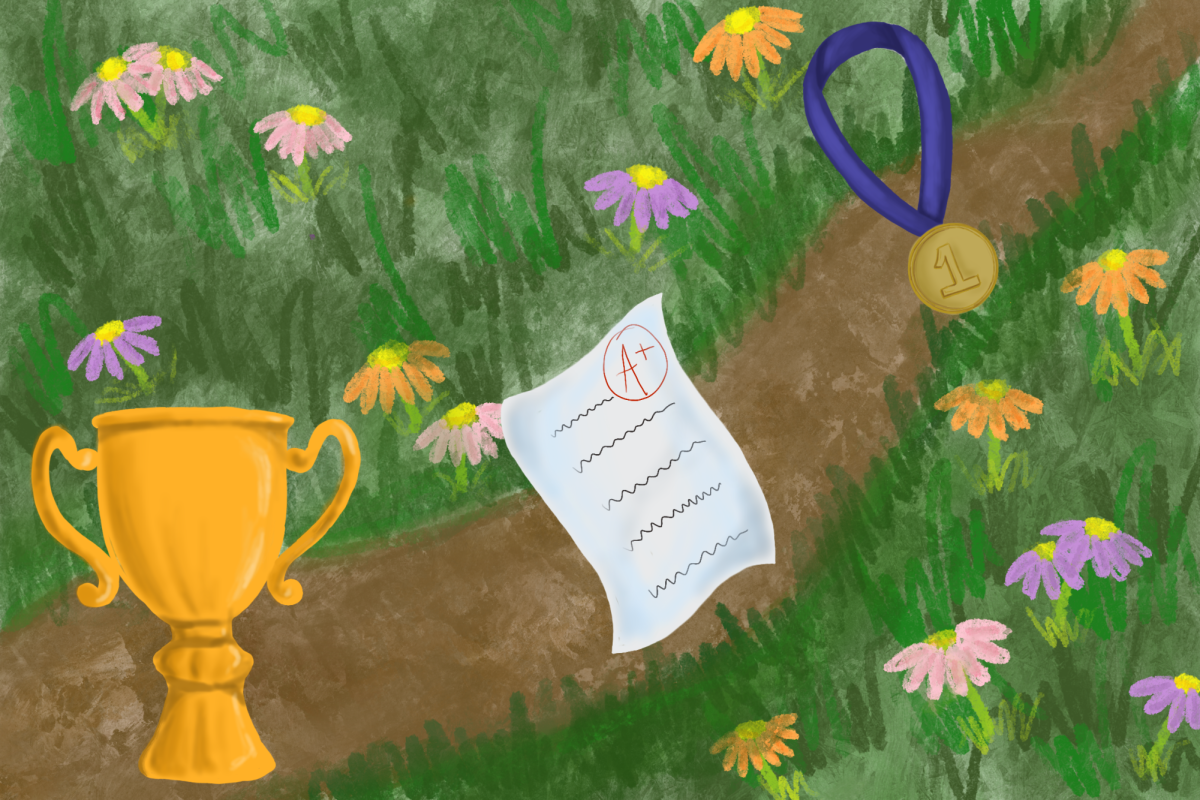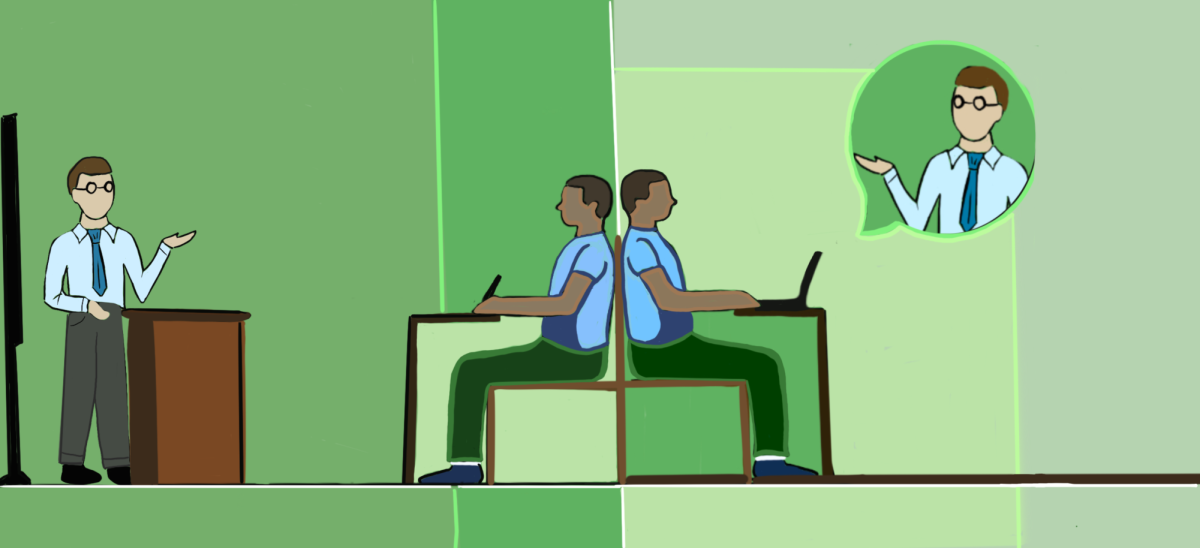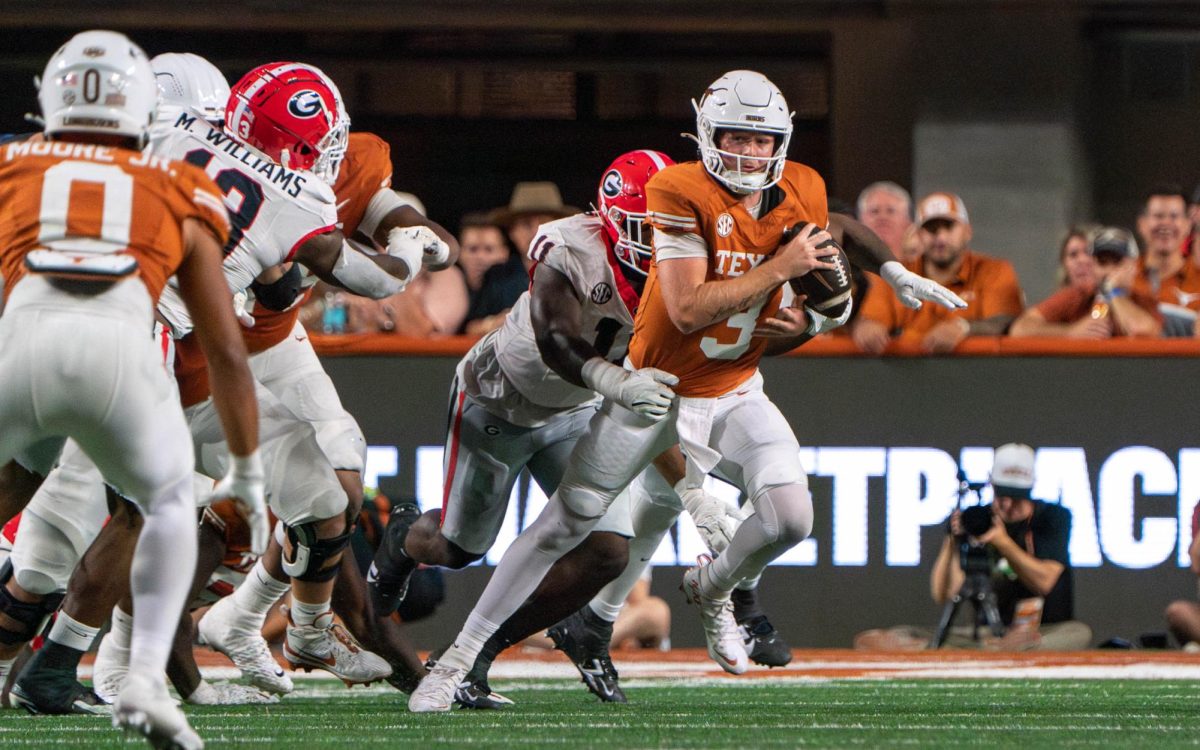We all have a purpose. Whether it is to discover the cure for cancer or to teach a high school class, everyone was created to make a difference. Oftentimes, we underestimate the difference that we, as students, could be making.
In a recent column, New York Times columnist Nicholas Kristof describes his travels to the Nuba Mountains in Sudan where he met Ryan Boyette. The mountains are the tragic location of the Sudanese government’s recent attempt to exterminate the Nuban people.
The Sudanese government, under the leadership of President Omar Hassan al-Bashir, has prevented information on the situation from leaving the area and has also prevented humanitarian relief from entering the area. Last June, aid workers were forced to flee the nation for their own safety. However, Boyette chose to stay in the turmoil.
Boyette, now 30 years old, was 21 years old when he first chose to put his career path on hold, move to the Nuban Mountains and work for an aid group. As the years went by, he fell in love with the Nuban people. He later met and fell in love with his wife, a local Nuban woman. As the violence last June forced many humanitarian workers out of the nation, Boyette was told to flee. With a brave and honorable heart, Boyette chose to remain in the Nuba Mountains armed only with his camera, which he uses to document the human rights atrocities that occur around him.
At 21 years old, Boyette made the decision to leave everything he had ever known to go out and make a difference somewhere. Here at UT, students learn subjects and receive degrees to ultimately make a difference in the world. However, is our idea of “making a difference” limited to certain criteria within our comfort zones?
The University encourages students to see needs around them and create programs or campaigns to solve them. We organize Longhorn Runs, fundraising campaigns and toy drives. These initiatives make great contributions, but in a way they actually encourage the idea of staying within comfort zones while helping others.
The University breeds students to follow a specific path to make a difference. This path may be through medicine or the arts or even law. However, students do not seem to consider ways they can change the world other than these well-trodden paths.
But what can the University do to promote a nontraditional way of thinking when it comes to philanthropy? One thing it can do is to connect students with stories such as Boyette’s to promote a other ways of thinking. Professors need to share stories of inspiration in their lectures to encourage this style of thinking.
One model for this kind of classroom inspiration can be found at Harvard University, where an undergraduate engineering class group project inspired four students to develop the “sOccket”, a soccer ball that collects and stores energy with every kick or throw of the ball. This unique invention now brings electricity to many parts of the globe. UT classrooms also need to challenge students to connect their disciplines with the world around them in new and innovative ways.
Boyette’s story is truly inspirational. Whatever our purposes may be, avoiding predetermined paths in favor of forging our own would better equip us to fulfill them.
Dafashy is a Plan II senior.

















